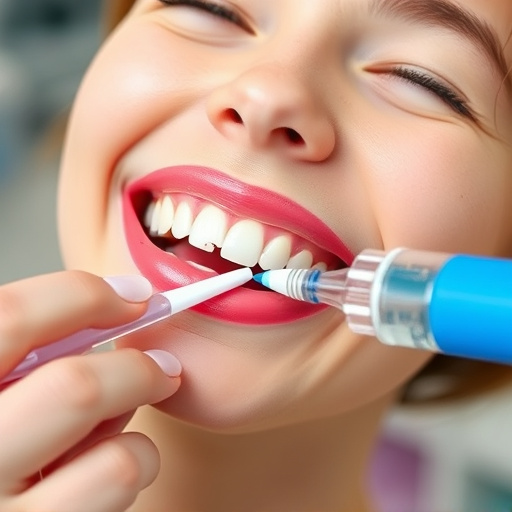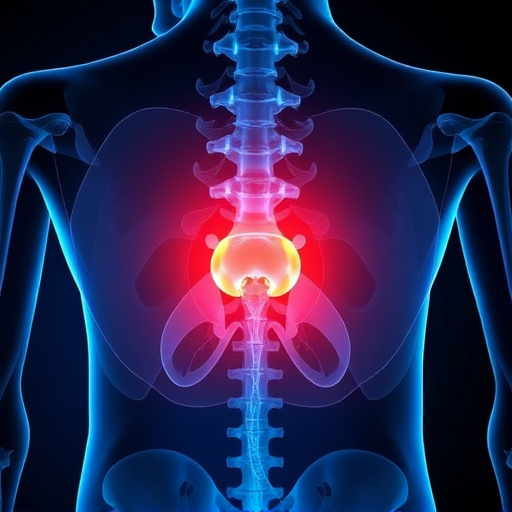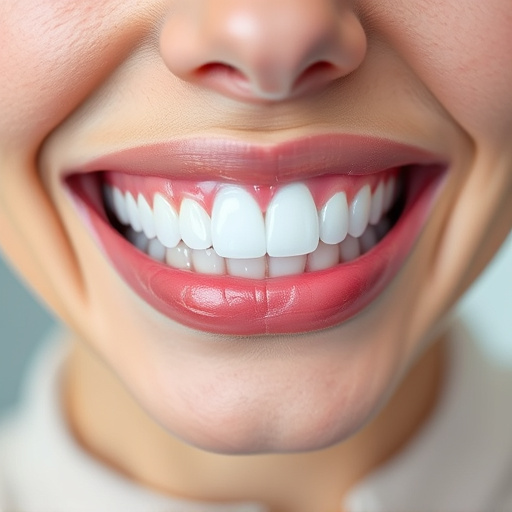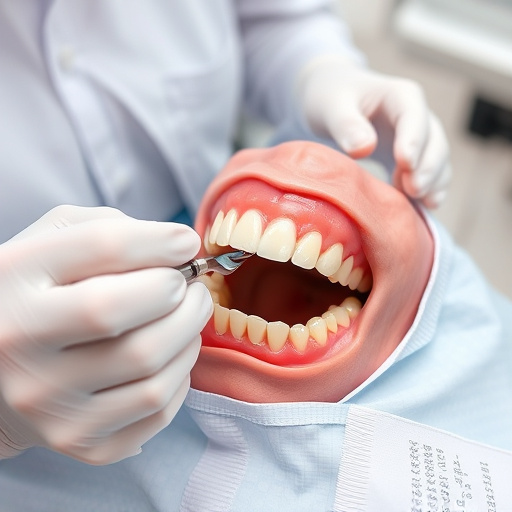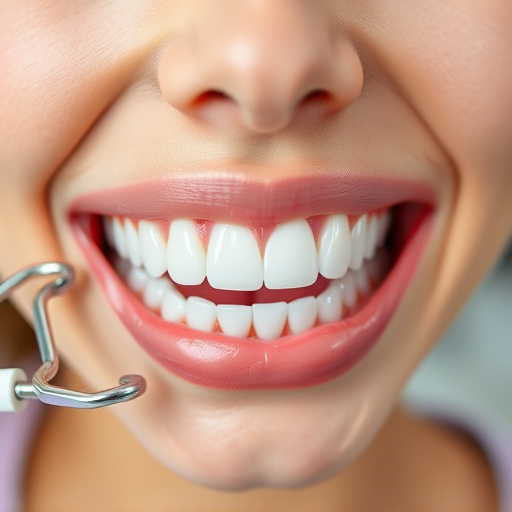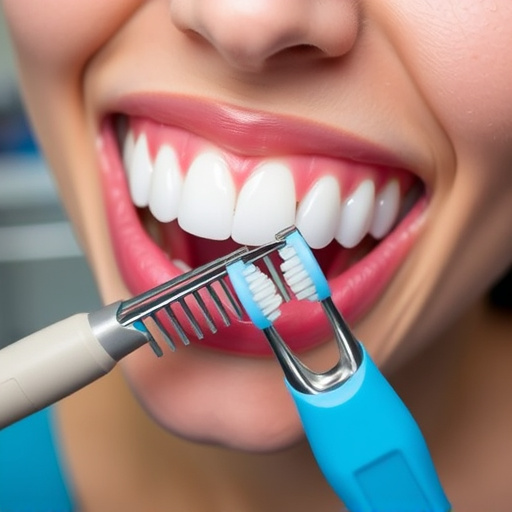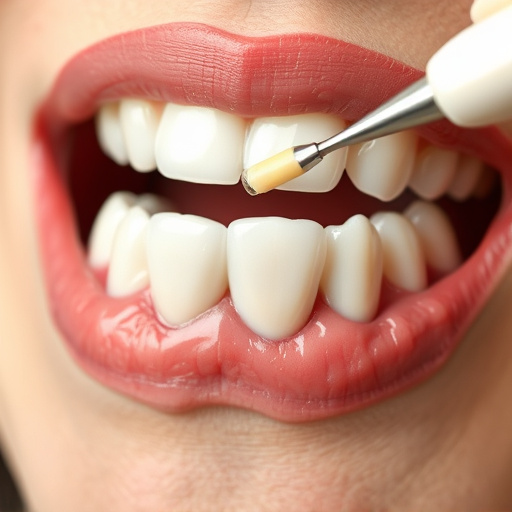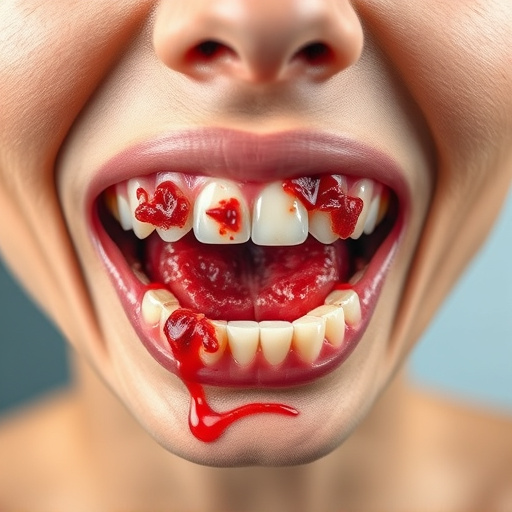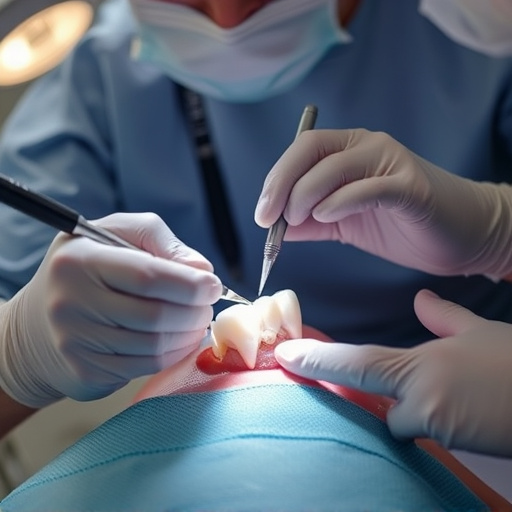Effective urgent dental care prioritizes severe cases like intense pain, bleeding, or potential tooth loss to prevent complications. Dental clinics prepare with emergency kits, staff training, and clear protocols for swift procedures using modern technology. Post-treatment adherence, including medication, rinses, rest, and ice packs, along with follow-up appointments, ensures successful recovery from urgent dental care procedures.
In today’s fast-paced world, immediate and efficient urgent dental care is crucial for patient comfort and health. This article delves into best practices for delivering swift dental treatment during emergencies. We explore key strategies such as assessing urgent dental needs, prioritizing patients based on severity, implementing streamlined emergency protocols, and providing post-care instructions for rapid recovery. By following these guidelines, dental professionals can ensure effective management of urgent situations, minimizing patient distress and optimizing outcomes.
- Assessing Urgent Dental Needs: Prioritizing Patients
- Efficient Emergency Treatment Protocols
- Ensuring Rapid Recovery: Post-Care Instructions
Assessing Urgent Dental Needs: Prioritizing Patients
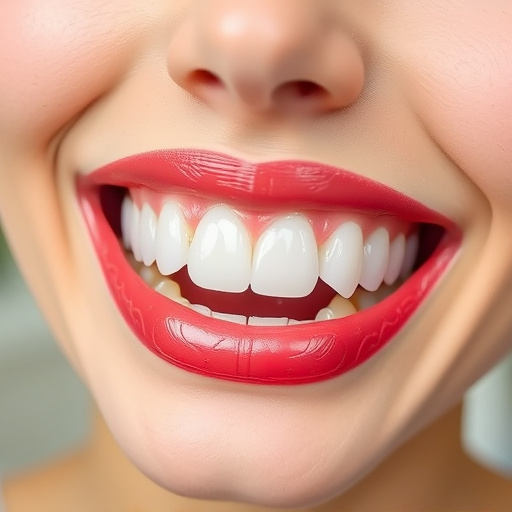
Assessing urgent dental needs requires a swift yet meticulous approach to prioritize patients effectively. Dentists should be trained to recognize signs of severe dental distress, such as acute pain, swelling, or bleeding, which may indicate conditions like abscesses, tooth fractures, or oral infections that demand immediate attention. Prioritizing involves sorting patients based on the severity of their condition and the potential impact on their overall health.
Critical cases, such as those involving intense pain, significant bleeding, or potential loss of teeth (e.g., tooth extractions), should be treated first to prevent further complications. Less urgent issues like routine dental cleanings or minor cosmetic procedures (dental implants, general dentistry) can be scheduled for later, ensuring that emergency care is allocated appropriately while still maintaining a high standard of patient care.
Efficient Emergency Treatment Protocols
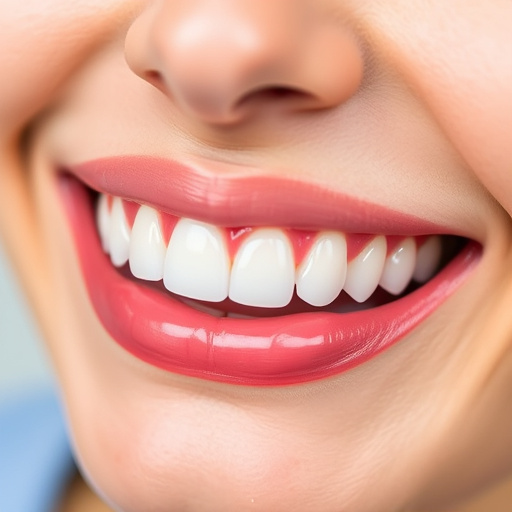
In the fast-paced world of urgent dental care, efficient emergency treatment protocols are paramount. Dental clinics equipped to handle sudden and severe oral health issues should prioritize quick response times and streamlined procedures. This involves having a well-stocked emergency kit, staff trained in crisis management, and clear protocols for different types of dental emergencies. For instance, a tooth repair or extraction procedure should be conducted with the utmost care but also with speed, ensuring minimal patient discomfort and maximizing the chances of successful treatment.
Implementing effective systems for urgent dental care is especially crucial in children’s dentistry, where young patients might experience anxiety or panic during dental emergencies. The use of modern technology, such as digital imaging and advanced anesthesia techniques, can enhance both the accuracy of diagnoses and the efficiency of treatments, including cosmetic fillings for tooth repairs. Such practices not only save time but also contribute to improved patient outcomes and satisfaction.
Ensuring Rapid Recovery: Post-Care Instructions
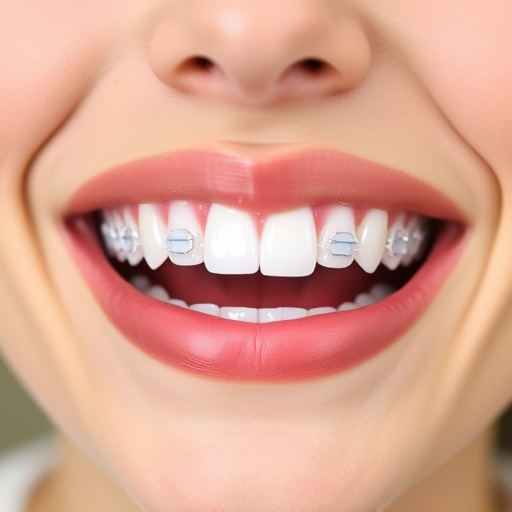
After receiving urgent dental care, a swift recovery is paramount. To achieve this, patients must adhere to post-care instructions provided by their dental professionals. This may include taking prescribed medications, such as antibiotics or painkillers, to manage discomfort and prevent infection. Rinsing with salt water can help keep the treatment area clean and promote healing. Patients should also avoid certain foods and beverages, like hot or crunchy items, that could irritate the treated area. Resting properly and applying ice packs can reduce swelling and alleviate pain.
Furthermore, regular follow-up appointments are crucial for monitoring recovery and ensuring the success of the urgent dental care procedure. These visits allow dentists to assess healing, check for any complications, and provide additional preventive dentistry measures or children’s dentistry services as needed. For example, if a patient received a dental crown, proper aftercare includes keeping the area clean and dry to ensure the crown’s longevity.
Urgent dental care requires a swift and efficient response, from initial assessment to post-treatment recovery. By prioritizing patient needs, implementing streamlined emergency protocols, and providing clear post-care instructions, dental professionals can ensure optimal results in time-sensitive situations. These best practices not only enhance the patient experience but also contribute to better oral health outcomes, demonstrating the importance of swift action in urgent dental care.


